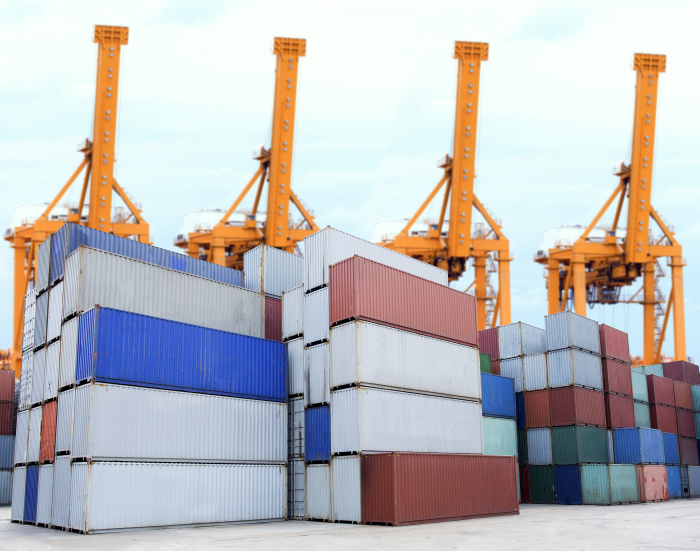Tight trans-Pacific capacity leads to rolling of cargo in Asia
Corianne Egan, Associate Editor | Aug 25, 2014 12:10PM EDT

Cargo is being rolled and space allocations are being cut on trans-Pacific eastbound services as capacity continues to tighten to the U.S. East Coast. Space to the U.S. West Coast is also extremely tight, shippers say, reflected in stronger volumes moving through West Coast ports.
Volumes jumped to the East Coast in July, and the spike has continued through August, partly due to peak-season shipments and diversion traffic as shippers sought to avoid potential labor-related disruptions on the West Coast. Ships are reportedly moving at, or very near to, full capacity to the East Coast.
Shippers in Asia say carriers are being selective about the cargo that makes it onto the trans-Pacific trek. Customers who pay higher prices, and whose cargo is therefore more lucrative for the carriers, are getting slots at the expense of those who pay lower contract rates. That is placing some shippers with contracts signed at lower rates than today’s spot rate at a disadvantage versus spot market shippers paying current rates.
“You’re stuck with ships of 7,000 and 8,000 TEUs to the East Coast for volumes you can’t even begin to envision,” a senior executive at a major container line told JOC.com. “Anyone operating in the trans-Pacific is not only sold out but they’re rolling cargo. That’s not good. That’s a bad business practice.”
So as not to antagonize business partners they depend on, many were unwilling to be identified when commenting on the subject. Non-vessel-operating common carriers fear being shut out of ships if they publicly criticize carriers. But several high-level, knowledgeable sources — carriers, 3PLs and shippers alike — have confirmed the rolling of cargo.
“It’s not all of the time, and it’s not to everybody, but it’s happening,” an executive at one of the world’s largest 3PLs told JOC.com. “It’s not just rolling cargo, either. Sometimes we can’t even get a booking because things are so tight.”
When contract rates are lower than spot rates, most of the time one of two things can happen. First, carriers may choose not to honor the contract rates and quote higher spot rates. Or lower-priced cargo can sit at the port of origin in Asia as higher-priced cargo gets loaded on the ship, because financially challenged carriers are trying to maximize profit on every voyage during those rare moments capacity is tight. That lower-priced cargo gets rolled off of the ship, as carriers cut contracted space allocations in favor of loading the cargo that’s going to make them the most money.
“I know of four major BCOs for whom (one major carrier) have cut their agreed space protection/allocation by 50 to 65 percent,” a large ocean shipper told JOC.com. “Of course they spout out the usual excuses of poor forecasts and different vessel sizes. It is such a basic business. Quite a coincidence that this behavior coincides with a lucrative NVO/spot market.”
Rates to the East Coast shot up and then have held in the context of strong volumes, as JOC.com has reported. The surge in cargo to the East Coast also has caused delays at some of the East Coast’s busiest ports.
SCFI spot rates to the West Coast have risen 6.4 percent, or $131 per FEU, since May 1.
To combat the rolling of cargo, one major BCO working in Asia said the company attempts to negotiate space protection into contracts with carriers, and many BCOs have also widened the carrier base they work with in order to get access to more capacity. Forwarders and 3PLs don’t usually fall victim to delays and cargo roll-offs because they have the ability to work with several different carriers at a time and are willing to pay higher spot rates to secure capacity for clients.
“The problem comes when the cargo is already boxed and brought to a facility or a terminal, then you’re locked into using that carrier and there’s really no way to move it out,” the 3PL executive said. “Then you go into negotiation mode, and try and get all or part of that shipment on board.
If carriers give us notice that the cargo is going to be rolled, that’s a better situation. They we can work with other carriers and get our cargo on another ship and to its destination.”


No comments:
Post a Comment